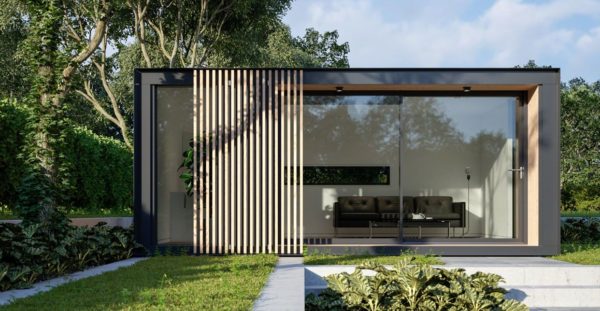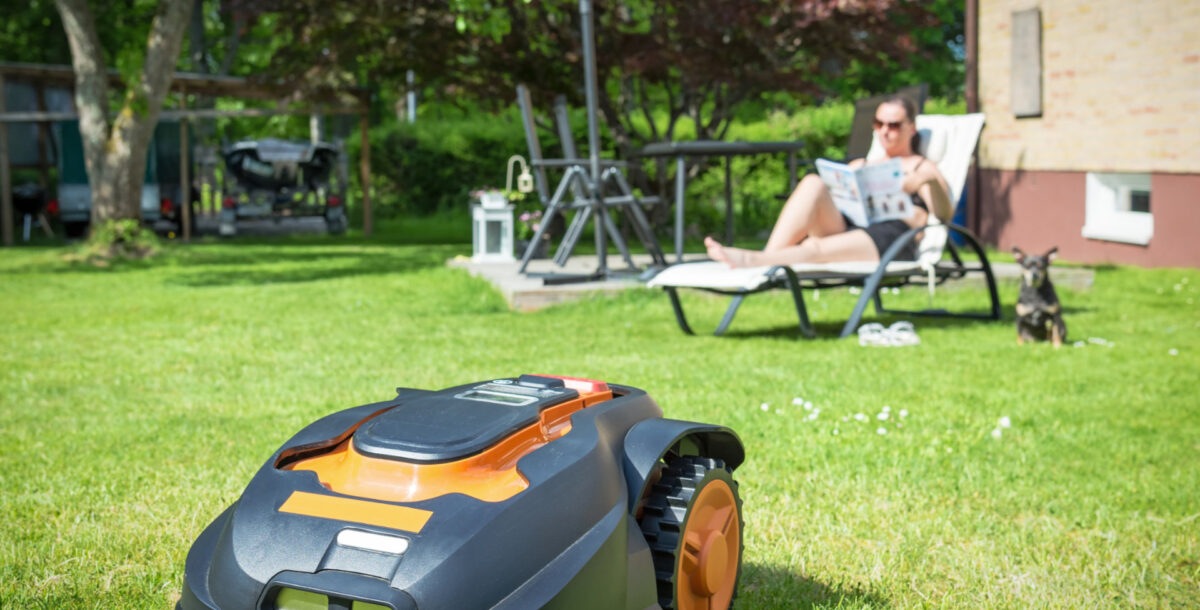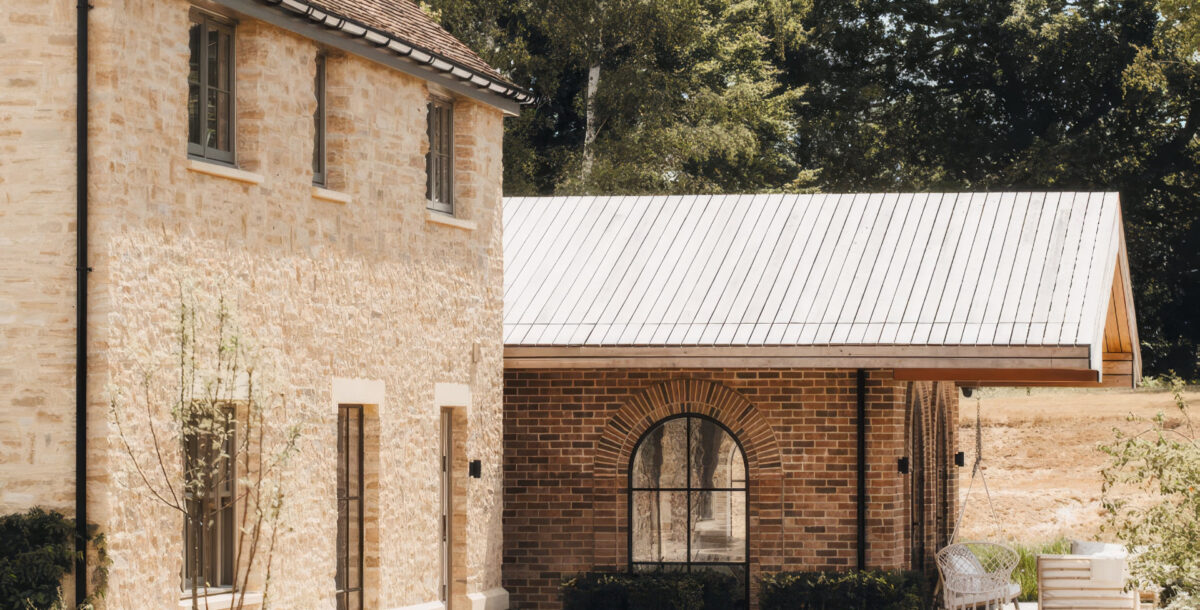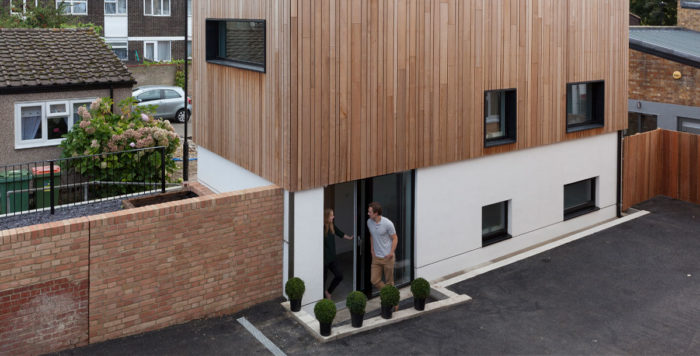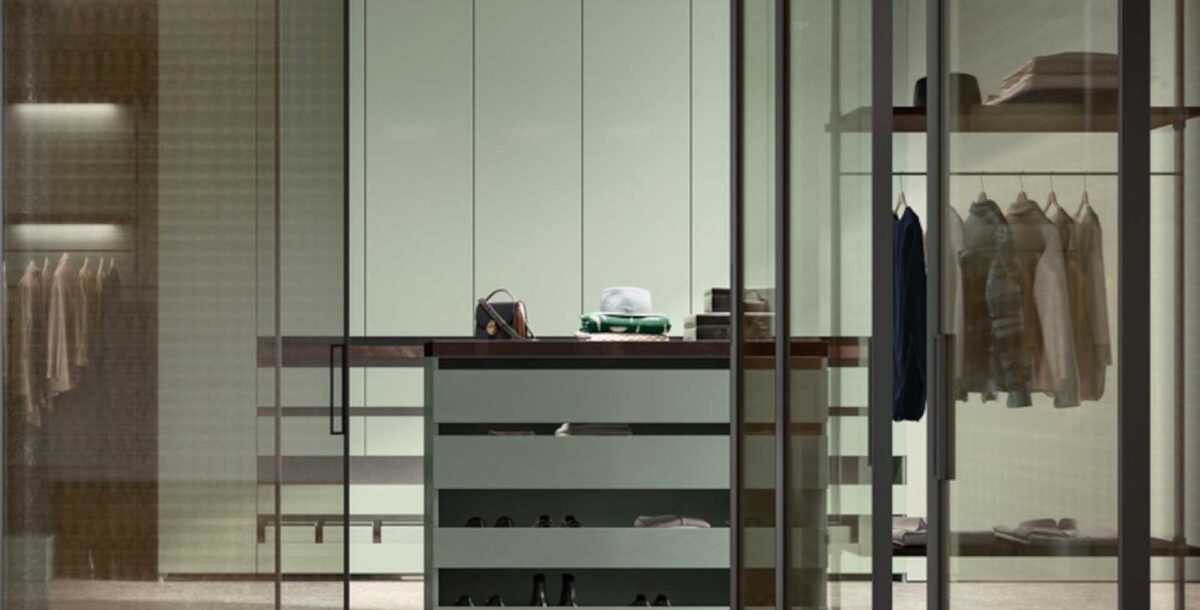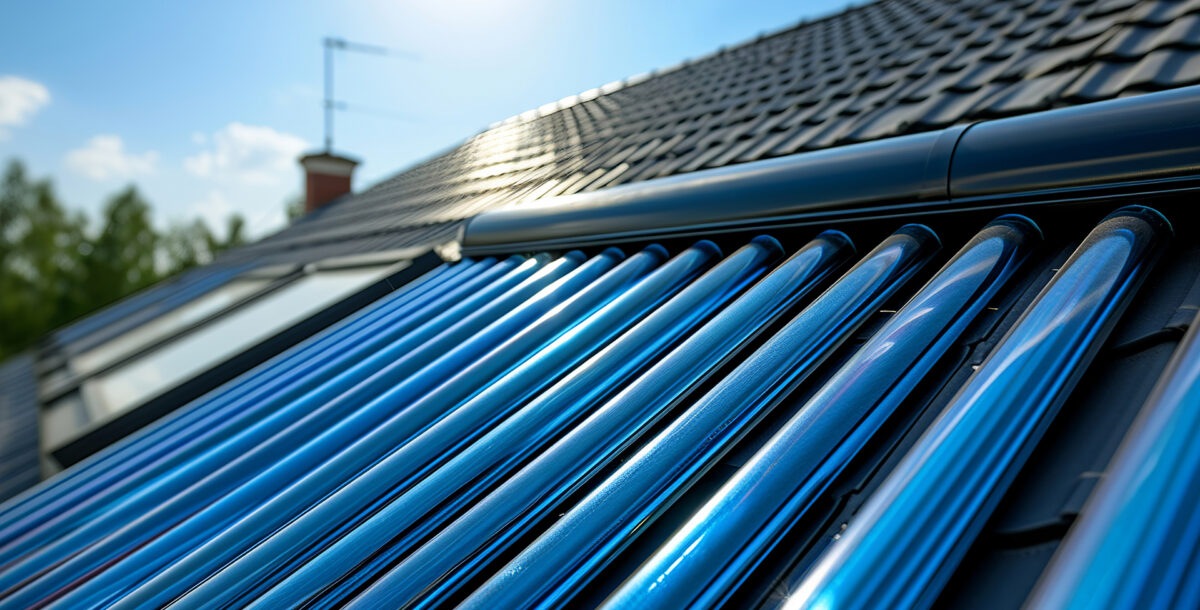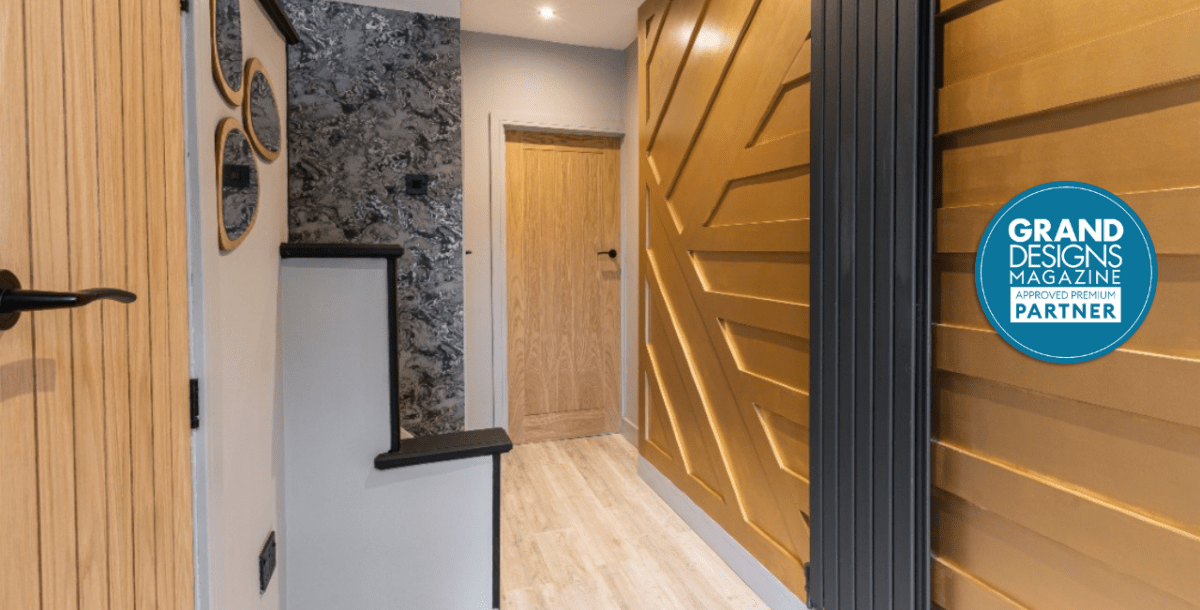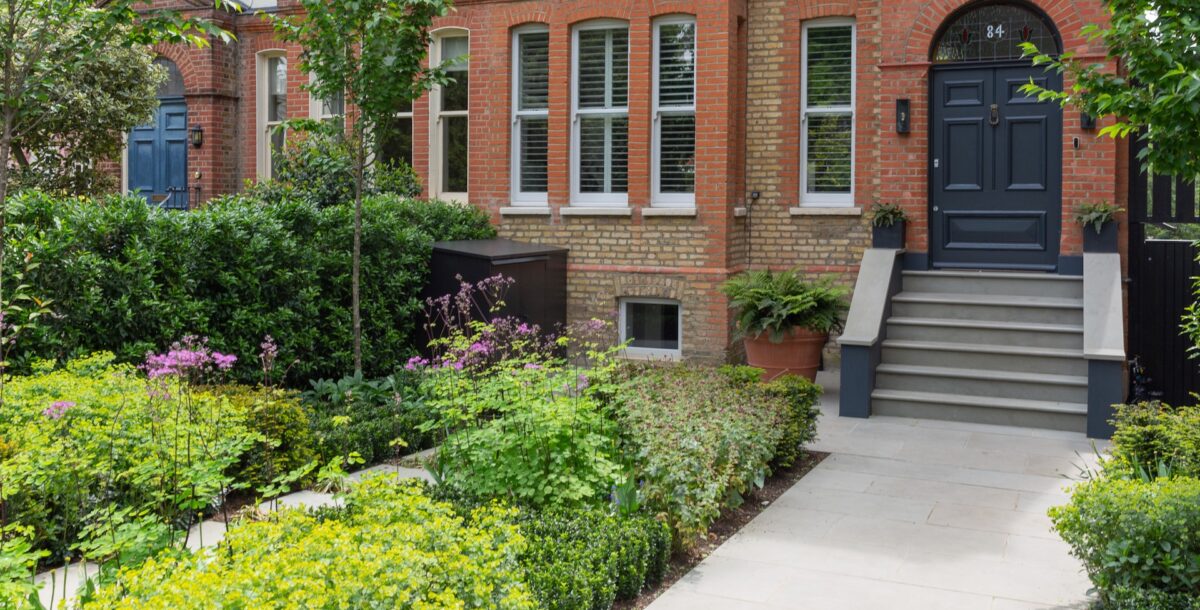What is Biodynamic lighting and how can you use it?
Biodynamic lighting is a step forward in using technology to re-connect us with the natural world within our own homes.
Just like seasons come and go, and tides rise and fall, nature is driven by cycles. As humans we’re wired to connect with nature, we respond positively to it and have our own set of internal cycles that are governed by it. Light is intrinsic to humans and we’re finely tuned to the cycle of night and day, waking with the sunrise and sleeping with the sunset. But modern technology is interrupting our cycles, from constant artificial lighting to the blue-light that’s emitted from all our screens.
Our journey with lighting the dark is far-reaching, from evidence of wood fires dating back over a million years ago in the Early Stone Age through to rushlights and oil lamps (around 1, 500 BC), to tallow candles (100 AD) and gas light in the 1700s. Then of, course there was Thomas Edison’s revolutionary invention of the lightbulb in 1880 and later there was the OLED (organic light-emitting-diode) in the 1980s. While all these things illuminate, biodynamic lighting is a more intelligent lighting system, that replicates natural light and enables a healthier environment to live in.
Biodynamic lighting is a step forward and a way of using technology to re-connect us with the natural world within our own homes and workplaces. While it’s been used within architecture firms for some time, everywhere from hospitals to museums, we’re realising its benefits of a deeper connection to nature within our built environment and seeking to incorporate it into our domestic life. But what is it? How does it work? And how do we use it?
What is biodynamic lighting?
While biophilic design is designed to increase our connection with nature within our homes, biodynamic lighting is an artificial light source that replicates the variations of natural light within our built environments. Biodynamic lighting mimics the rhythms of natural light, cycling through its spectrum of wavelengths and colours. Natural light (obtained directly from the sun) is dynamic, and most importantly it changes gradually and consistently, differing from using a switch to flick abruptly between light and dark. Biodynamic lighting means we are less exposed to monotonous light (in terms of colour and temperature) and therefore can gain the benefits of natural light indoors.
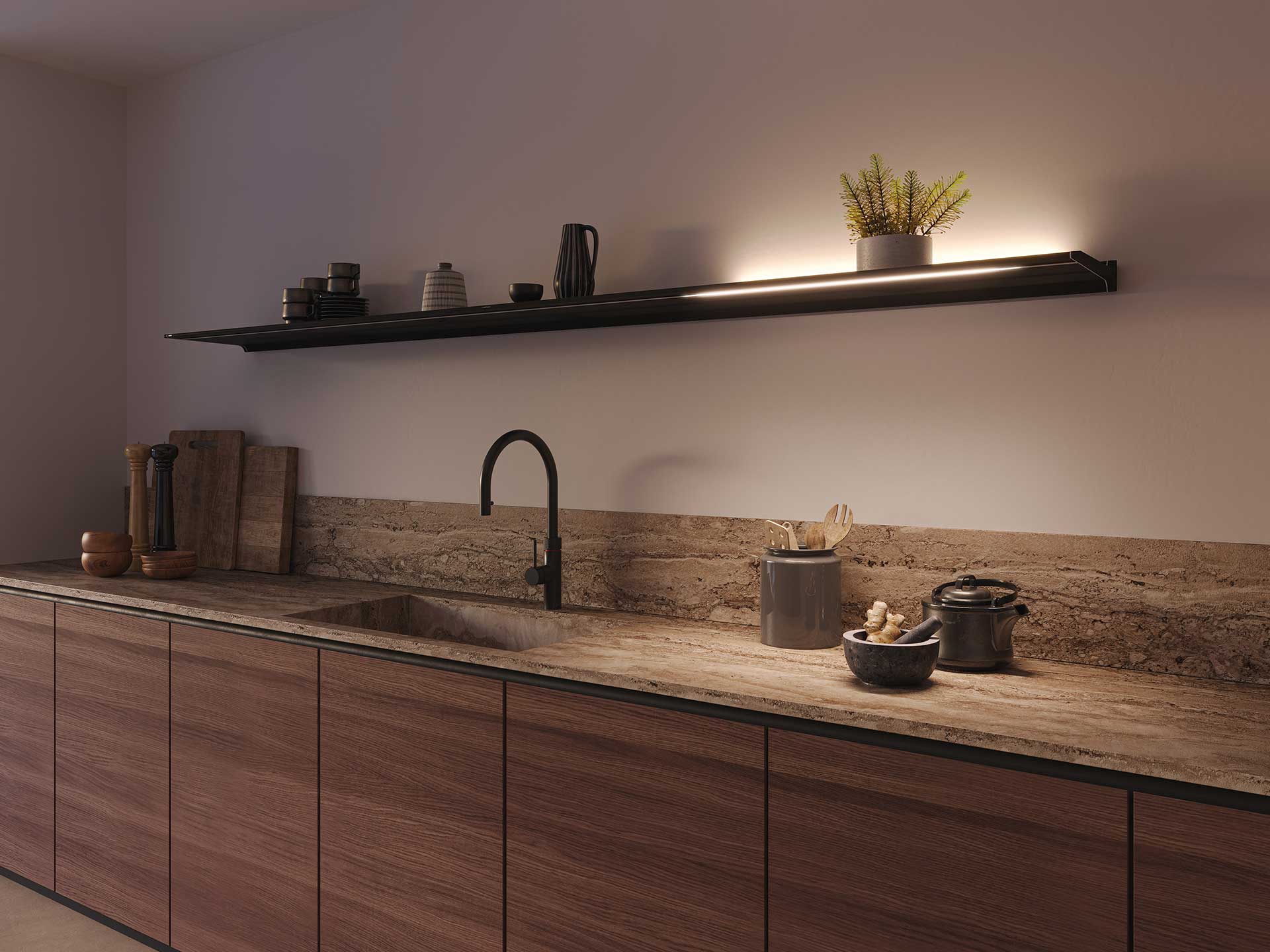
Image credit: Novy
Light and the circadian rhythm
Derived from the Latin works of Circa (about) or Circum (round about) and diem or dies (day), the circadian rhythm is essentially the one-day cycle that makes up our 24-hour internal cycle and daily clock. Influenced by light and dark, it informs our sleep/wake pattern over the course of a day. There are many things that can affect your circadian rhythm, but light is a big one – our bodies our tuned to be synchronised with daylight.
The Building Biology Institute explains how “light (visible, UV, and IR) is essential to life on Earth and is an integral part of the human experience. Our understanding of how the human body responds to light is constantly growing and evolving. There are three main systems in our bodies that utilize light:
- The Visual System – for vision
- The Non-Image Forming System – for circadian rhythm regulation
- The Skin System – for synthesis of vitamin D and other compounds
Recent studies have shown that we spend a worrying 90% of our day indoors, more than we ever have in history. That’s a huge amount of time that we’re being exposed to unvaried artificial light, which can affect our circadian rhythms, our sleep/wake cycle and if there’s constant light exposure at night, vital melatonin production.
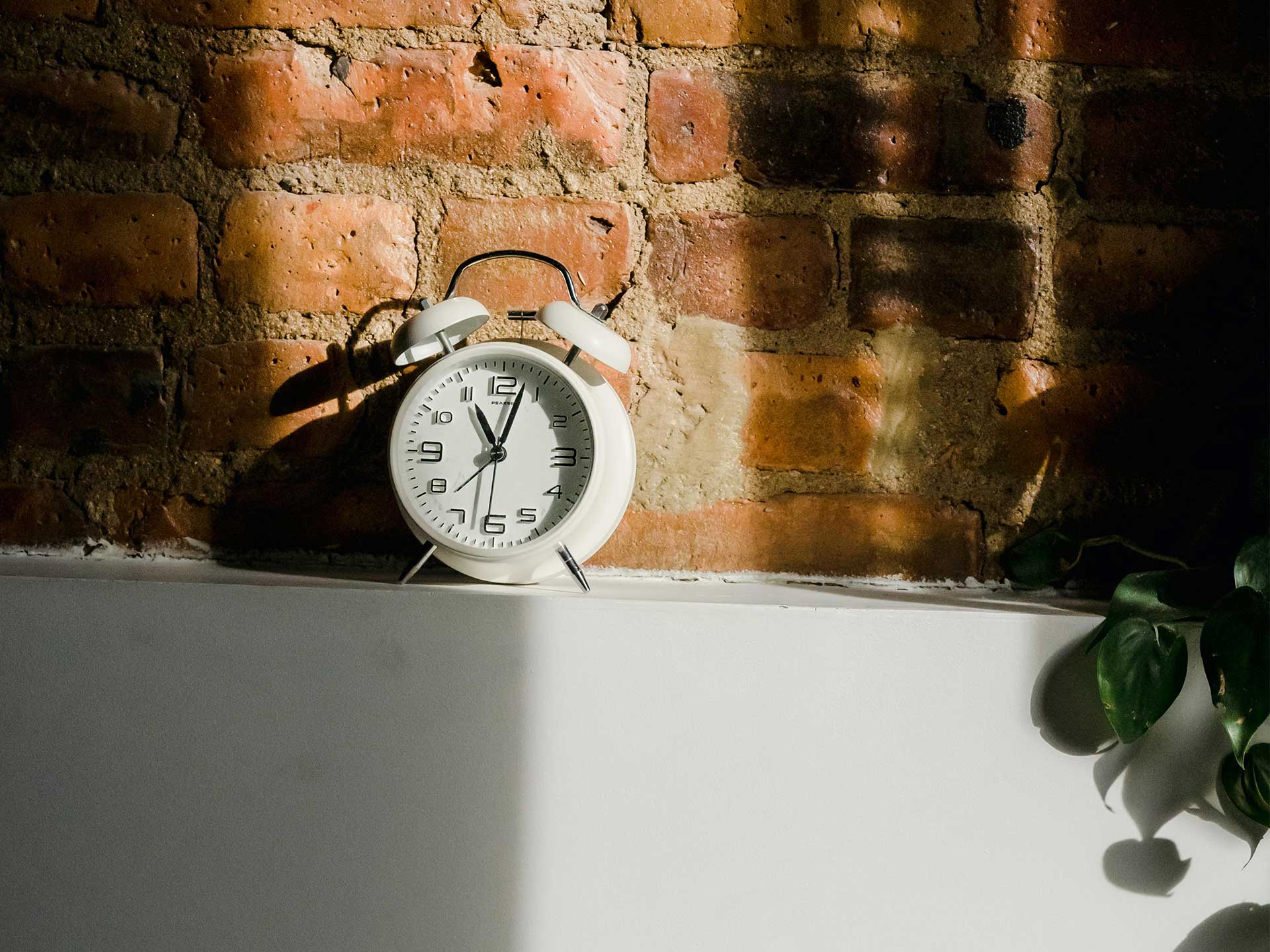
Image credit: Pexels / Tim Samuel
What is colour temperature?
Colour temperature uses a numeric system to measure the colour characteristics (the warmth and coolness) of light. It’s measured on a spectrum in degrees Kelvins (K) see below. Typically, our daylight starts at around 6500K (the higher the Kelvin, the lower the light) and warms up to around 2700K. Light in the morning is cold with blue tones, while the afternoon and early evening are warm toned and become yellow and then orange.
Our typical household lighting does not capture this scale, with candlelight coming in at around 2200K, a regular warm white bulb around 2700K and a bright white lightbulb around 4000K. You can read more about light temperature in our guide. In brief summary of lightbulb measurement, Kelvins measure the colour temperature, lumens measure the brightness of the bulb and watts measure how much energy the bulb consumes.

How can biodynamic lighting improve your health?
Light variations throughout the day send signals to our brain. The brain transmits them to our bodies and they in turn trigger responses in everything from our body temperature to our blood pressure. Constant artificial light can affect cardiovascular function and result in fatigue, muscle strain, stress and poor concentration.
The benefits of biodynamic lighting on your health and wellbeing run the gamut from improved mood, increased calm, sense of alertness and sense of wellbeing. Better sleep patterns are a major benefit of biodynamic lighting, especially given that The Sleep Charity report that “around four in every 10 adults experience sleep issues.”
Biodynamic lighting is also being trialled in a variety of studies on health including Ellen van Lieshout-van Dal’s interesting research paper on the biodynamic lighting effects on the sleep pattern of people with dementia, detailing how it can help improve sufferers’ circadian rhythms when inside.
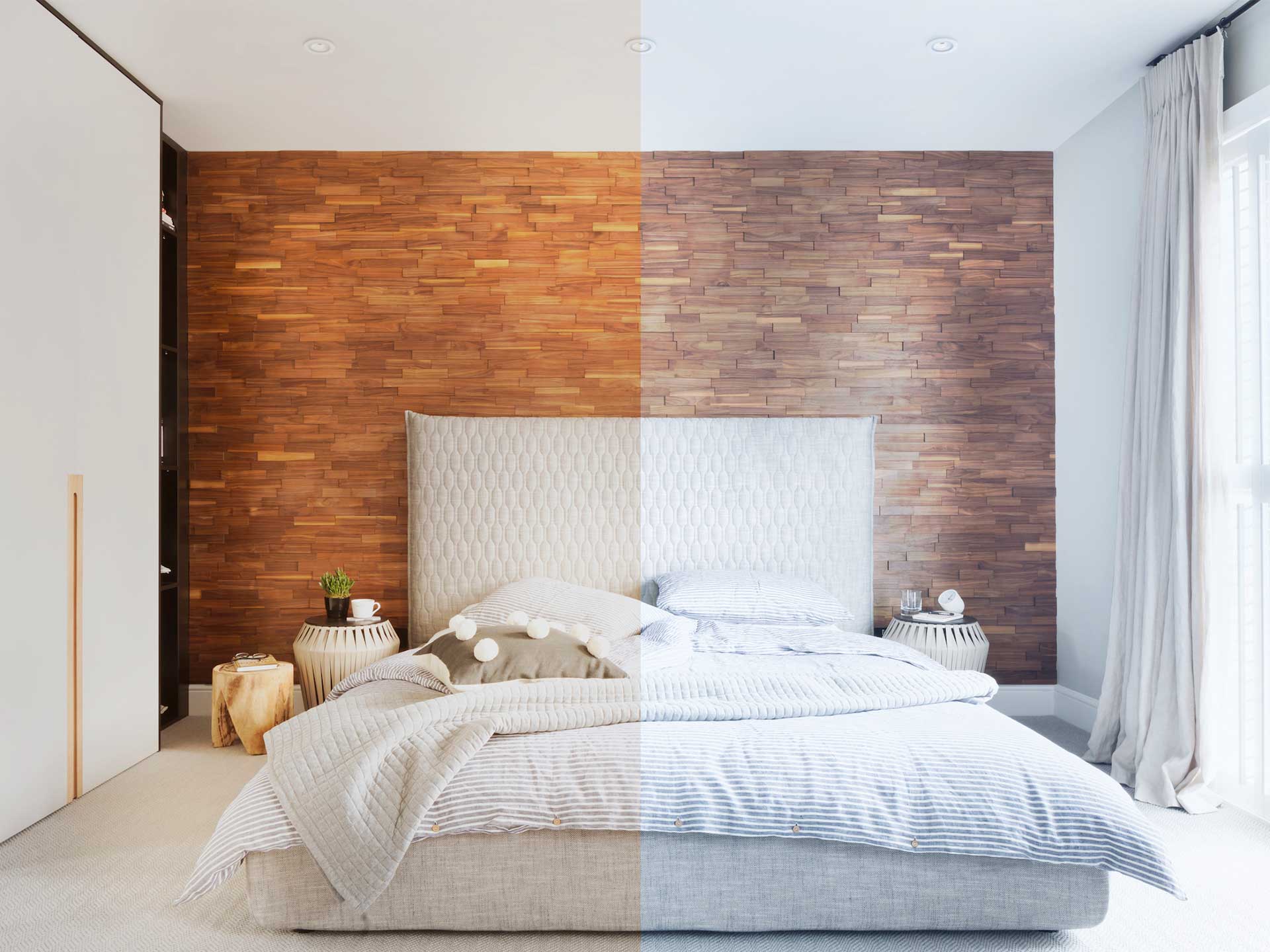
Image credit: Zuma
Where is biodynamic lighting currently being used?
So far biodynamic lighting is used in places that are more determined by necessity, like hospitals, where staff work on a shift system or places with a lower amount of regular daylight. Biodyamic lighting can be seen on metro systems to lower stress on public transport and in museums and galleries. Lighting management company Delmatic were tasked with providing “dynamic, scene-setting, energy optimisation and smart data sharing throughout the thirty-seven stations” of the Doha metro, which is one of the “most advanced driverless metros in the world”.
Using the award-winning DALI (digital addressable lighting interface) light system, Delmatic was able to create lighting that replicates the effects of daylight underground, with system capable of initiating a “considerable range of daytime, evening and night lighting accents”. It was also behind the lighting systems for Pritzker-winning architect Jean Nouvel’s incredible National Museum of Qatar in Doha (pictured).
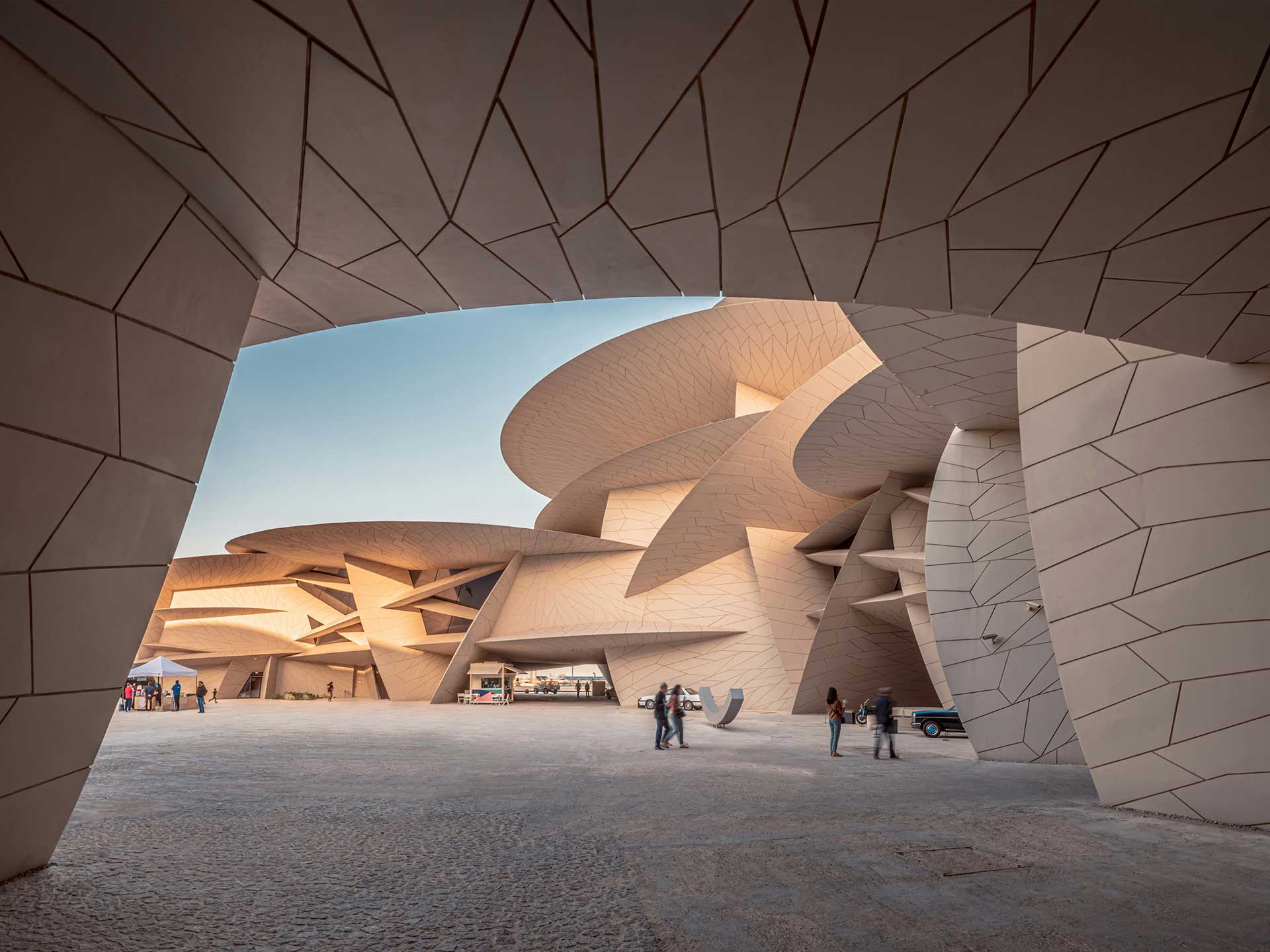
Image credit: Pexels/ Abdullah Ghatasheh
How to use biodynamic lighting in your own home
Increased use of windows, skylights, glass walls and even atriums in your architectural design will allow more daylight to filter into your home and bring a natural amount of light into your home. But for a fully integrated bespoke system, there are some specialists in the field like Light Cycles: Home, a Circadian Lighting Design and Consultancy.
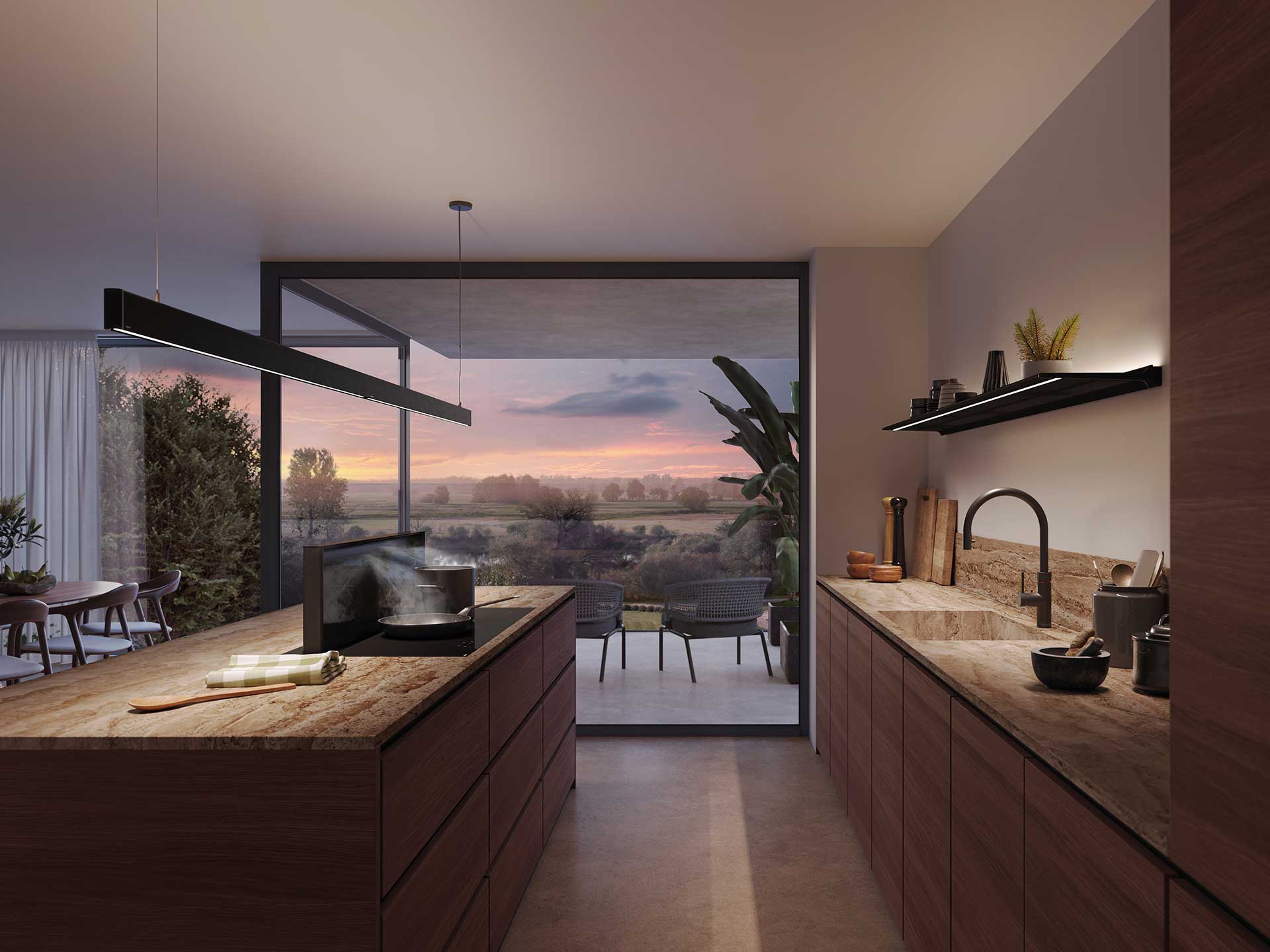
Image credit: Novy

